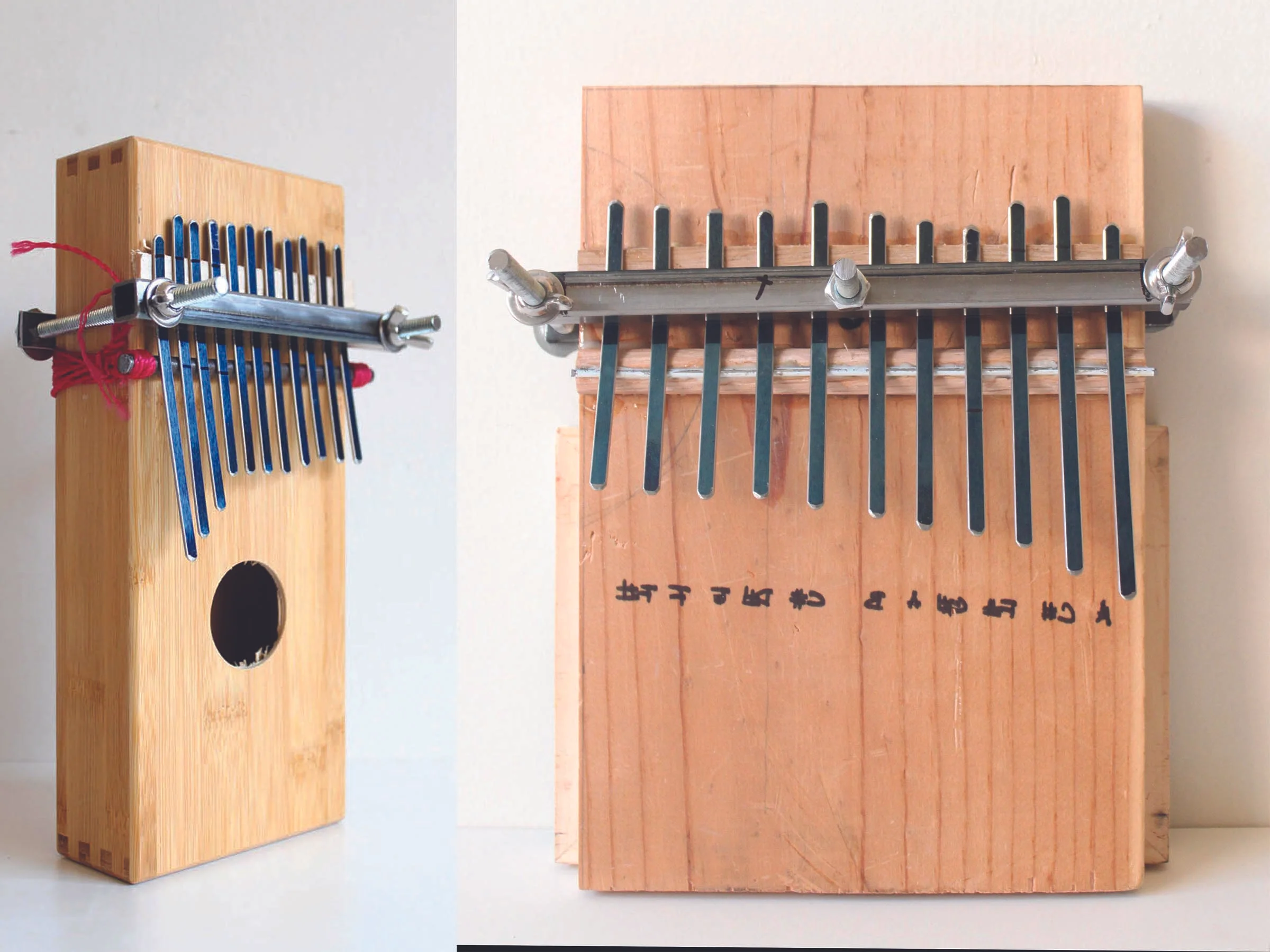Hey Look Ma! No Hands! Pt. 1
This is my first post of this website, so bear with me. I've never been someone who likes to write, so blogging is kind of unnatural for me. But I owe it to Mark Holdaway @kalimbamagic to start one, since he was a big help in figuring this instrument out. I included the song El Michel's Affair - C.R.E.A.M. from the Jon Favreau movie Chef on this post because it's the song that this "thing" will play. It's a family friendly version of the song C.R.E.A.M. from The Wu Tang Clan. This started out a final project for my 3D printing class, but I don't think I'm gonna finish on time, but who cares! This thing is out of control.
I started off with the idea of visually representing a sound wave in 3D that could possibly play a tune, but that was just ridiculous for someone who is just an artist, maybe not, but at the time it seemed impossible. So I looked for other ways to do this. The idea hit when remembering those old music box players that played when you cranked them. I looked those up and found that a custom comb would be an outrageous to buy. So I looked for other ways to make something that would be customizable, but more reasonable for a college student, living on financial aid.
music box mechanism inspiration
Transposed song into MIDI
So, the final idea is based on a Kalimba, If you don't know what a Kalimba is, well neither did I when I set off. I googled something like "handmade african instrument" to find it and found a picture with a caption that said Kalimba and was from a website called Kalimbamagic.com. I furiously researched the site, there were articles and newsletters, and instructions on how to make your own handmade Kalimba. The first part of this process was to make a Kalimba to figure out the profile of the tines. In order to do this I had to figure out the music and how it would look visually and what notes I needed. I downloaded the sheet music, transposed the notes and learned how to use a MIDI program to play this.
left: 1st failed attempt right: final prototype
Now that I had the music to see visually I needed to make a Kalimba to test out and tune the tines. I looked to kalimbamagic.com for plans and tips. I started out by figuring out the vibration length I needed per each frequency of each note I needed, so I could figure out the tine length for each note. I cut out the tines with some wire cutters, shaped them with my grinder and finished them off with files to make them smooth. I made the first try out of a bamboo pencil case which proved to be too weak and didn't provide enough tension for the middle tines and got some really weird notes when playing it. I tried a cigar box I bought at a Goodwill store, but the same problem happened even when I added an extra tension bolt to the middle. So I went really low tech and just got a scrap piece of wood out of the scrap bin at CSULB's workshop and voila! magic!!! IT'S ALIVE!!! IT'S ALIVE!!!.
Stay with me here, because it gets deeper. To tune the Kalimba that I made I attached an acoustic guitar transducer to it so that I could plug it into a chromatic tuner to tune each individual note. Most of the notes especially in the lower register worked fine, but the higher the note the less vibration and that's where I ran into some problems with E, F, and F#. But I'm hypothesizing that with a shorter bridge I can get more length for the vibration and better adjustability, so I designed that into the 3D Model. Hopefully that fixes my woes...
NEXT TIME: Designing the milled piece



